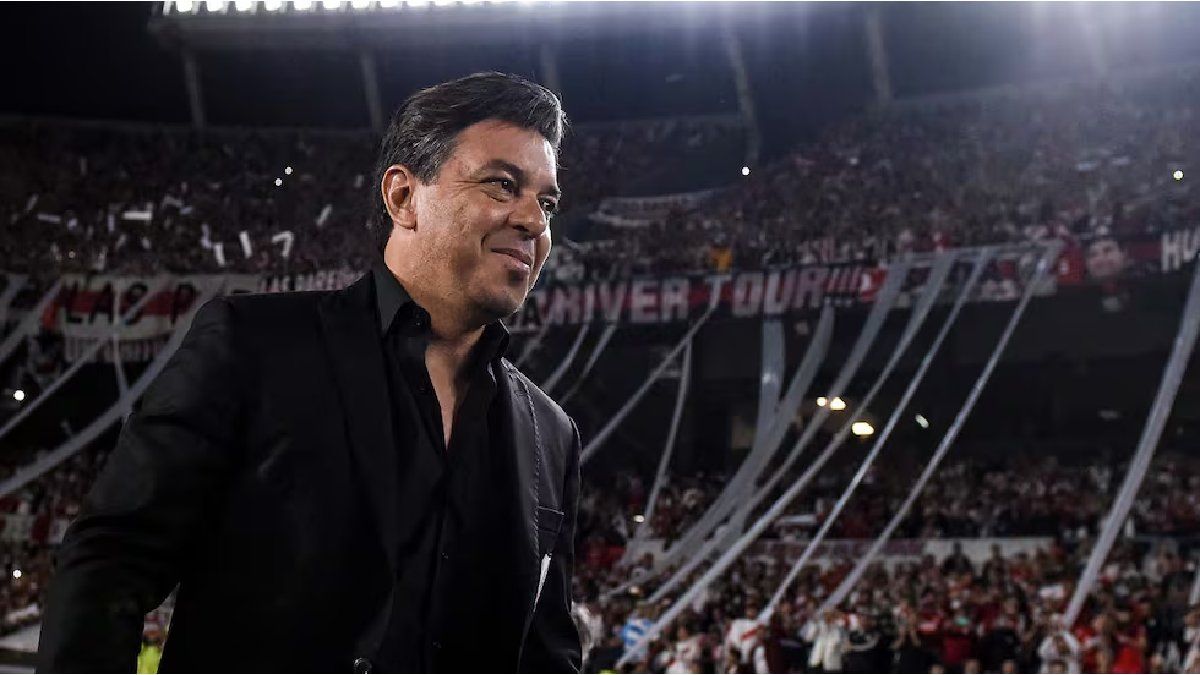Germany is to become climate-neutral by 2045 – this is a complex, large-scale operation. The government now wants to accelerate the conversion. What does this mean for millions of rail customers, drivers and residents?
More money for rail, more practical offers for e-cars and more speed in general: after a long dispute, the traffic light coalition partners have agreed on a number of projects that are intended to advance climate protection, especially in transport – the sector always lags behind when it comes to reducing greenhouse gases still behind.
The package also includes changes to the truck toll in favor of rail and accelerated planning to eliminate congestion on motorways. The controversial switch to cleaner heating systems should also move forward. As in other points, however, there are still various questions to be clarified, as not only consumer advocates complain.
What is planned for the railway?
The climate-friendly rail is to receive a new cash injection in order to get the strained and fault-prone track network in good shape and expand it. The state-owned Deutsche Bahn has an investment requirement of 45 billion euros by 2027, which should be covered “as far as financially feasible”. Declared priority: more capacity for freight and passenger trains in the core network of the most important routes. Rail boss Richard Lutz said these were “crucial keys” to achieving growth targets for rail and improving punctuality, which is currently “unsatisfactory”.
Where does the extra money come from?
The coalition is planning a fundamental innovation for financing. Because a part is to come from the truck toll, for which the previous rule was: income from the road flows back into the road. The railway industry and the EVG trade union welcomed this change of direction. The coalition expects five to six billion euros a year for the railways from this new source – regardless of the budget situation. The remaining billions are still to be secured. The money for rail should come from a new CO2 component of the truck toll.
What else will change with the truck toll?
The truck toll, which is due on all motorways and federal highways for trucks over 7.5 tons, is also to be extended. From 2024, smaller vehicles from 3.5 tons will also be included, including, for example, vans from parcel services. It remains to be seen to what extent higher costs for the haulage companies will ultimately affect the prices for end customers. “Craft businesses are excluded,” it says explicitly in the decision paper.
What’s next for rail customers?
The future 49-euro ticket for buses and trains throughout Germany is to be integrated into the Bahncard 100 at no extra charge, so that it can also be used for local transport in all cities. This is aimed at real frequent travelers who have such a yearly flat rate card for all trains. Cost in second class: 4339 euros. The traffic light paper also highlights a further expansion of the local transport service “particularly in suburban and rural areas”. There are no commitments to higher regular payments from Berlin for the time being.
What should happen to the Autobahn?
After hard tugging between the Greens and the FDP, more speed has now been agreed for certain motorway projects. According to the decision, however, it is about “a narrowly limited number of particularly important projects and sub-projects to eliminate bottlenecks” – specifically there is a list of 144 projects from the Federal Transport Routes Plan. Desired effect: fewer traffic jams. At the same time, more wind power and solar systems are to be built along the federal trunk roads. “Not a kilometer of motorway should be planned without exhausting the possibilities of generating renewable energies,” says the traffic light paper.
What else is planned for drivers?
For the big goal of 15 million fully electric vehicles by 2030, e-cars should become more attractive – at the beginning of the year around one million cars with batteries were registered. Within five years, there should be at least one fast charging point at every larger filling station, regulated by an obligation on the part of the operator. It should be a requirement for parking spaces at airports, train stations and retail outlets that there are openly accessible charging points. When buying a car, the energy consumption label (“climate label”) should make it clearer what the burden over the life cycle through CO2 pricing and vehicle tax looks like. The traffic light also wants to tackle the taxation of fuels and take greater account of the “environmental and climate impact”.
What is planned for heating?
The traffic light had actually agreed a year ago that from January 1, 2024, every newly installed heating system should be operated with 65 percent renewable energy. However, a first draft triggered protests, especially in the FDP ranks. Concerns now seem to have been dispelled: the cabinet intends to pass the law in April. It should happen in the Bundestag before the summer break. The coalition partners again assured that social hardship would be cushioned. Economics Minister Robert Habeck (Greens) had already announced financial aid for those who cannot afford new heating. The consumer centers criticized “spongy” resolutions. Clarity is now needed as to how binding renewable energies in boiler rooms will be from 2024.
What questions still need to be clarified when it comes to heaters?
It also needs to be spelled out exactly what the “technology-open approach” promised by the coalition is supposed to mean. According to FDP leader Christian Lindner, plants could also be used with hydrogen or biomass. Heating with fossil fuels should continue to be operated if they run on climate-friendly gases. Secretary of State for Economic Affairs Patrick Graichen already noted that hydrogen heating would “certainly only be the solution in individual cases” and not for the general public – simply because hydrogen is scarce and expensive for heating.
Source: Stern
I have been working in the news industry for over 6 years, first as a reporter and now as an editor. I have covered politics extensively, and my work has appeared in major newspapers and online news outlets around the world. In addition to my writing, I also contribute regularly to 24 Hours World.




